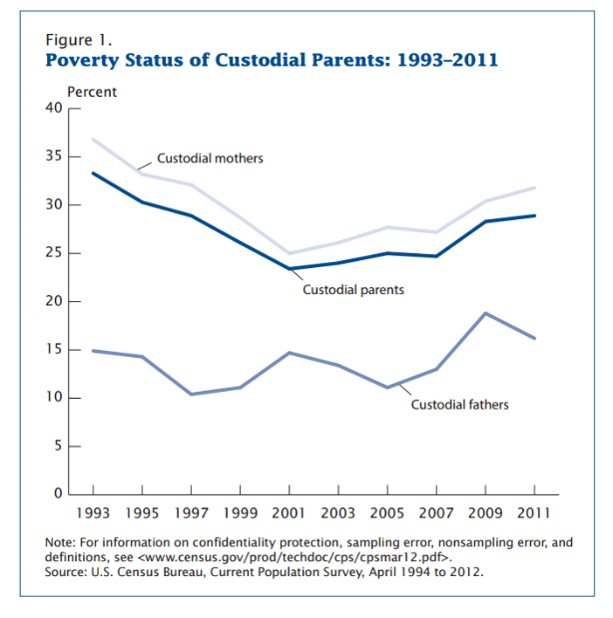New ideas to consider in thinking about child support policy. Too often we assume that over the past few decades we understand the economic consequences of divorce and that we have created appropriate policy responses regarding child support. These 2 reports suggest that we still have much to learn. Meyer and colleagues raise many questions about how child support laws are working and a report from the Australian Institute of Family Studies explores the variations in the economic circumstances of families in Australia, Germany, Korea, Switzerland, the United Kingdom, and the United States.
A more complete list of research report about divorce, remarriage and stepfamilies published in 2015 or between 2010-2015.
Meyer, D. R., Cancian, M., & Chen, Y. (2015). Why Are Child Support Orders Becoming Less Likely after Divorce? Social Service Review.
Despite substantial policy attention to increasing the number of custodial parents
with child support orders, the proportion reporting that they are owed child support is falling. Potential explanations for this include increases in shared custody, increases in the …
This report presents a cross-national comparison of the short- and medium-term economic effects of divorce. Estimates for men and women are derived from longitudinal data from Australia, Germany, Korea, Switzerland, the United Kingdom, and the United States.
It details how the main sources of income for women change following divorce, and the relative contribution of these sources. The findings show that though divorce has a negative effect on the equivalent household incomes of women in all of these countries, the extent and duration of these negative effects differ markedly between the nations.
The report concludes by briefly considering the possible causes of these differences.
